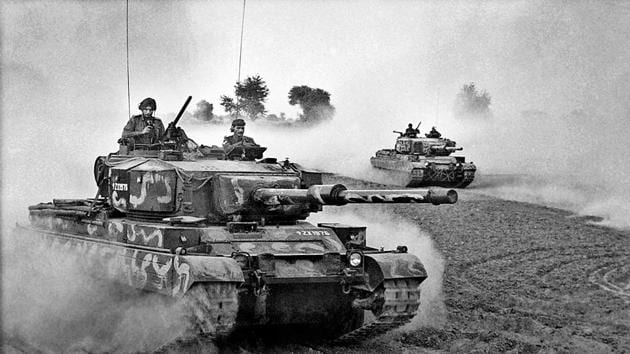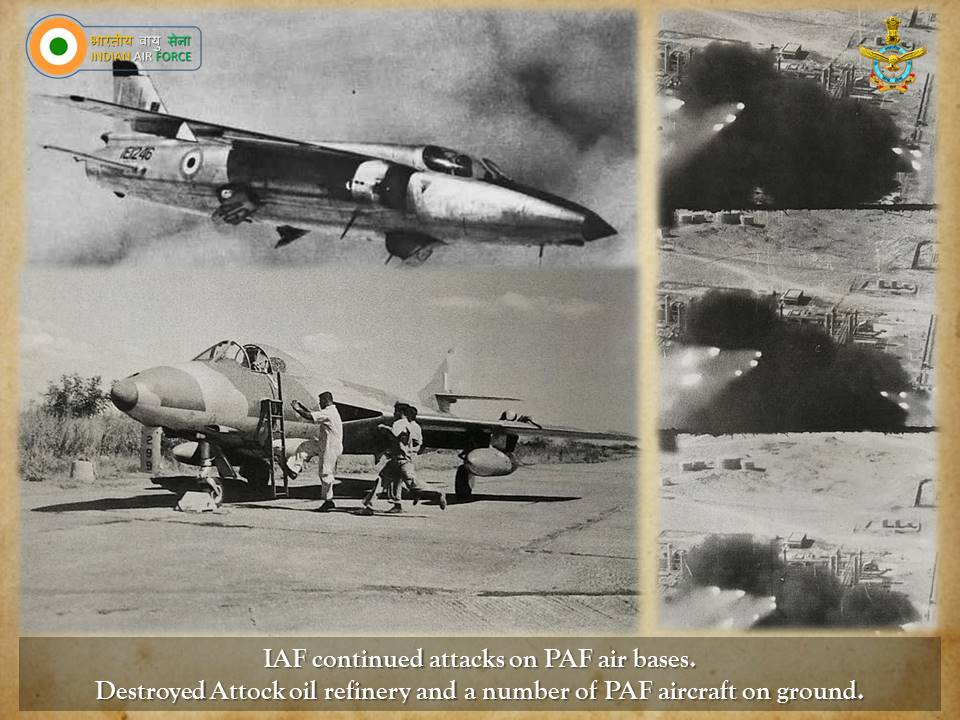
16th of December 1971 marks an unforgettable day in the annals of history of India, Pakistan and Bangladesh. The significant day marked the end of tyranny of Pakistan in then East Pakistan and resulted in the birth of Bangladesh. However, the path to liberation wasn’t easy to say the least. One of the shortest wars in recorded history, the campaign of 1971 lasted for just 13 days. The swift campaign is imprinted with decisive and coordinated action by the Indian Armed Forces and is remembered for the cohesiveness displayed by the Army, Airforce and Navy that resulted in the largest military surrender after the World War II. Pakistan having lost almost 50 % of its Army and its territory in the East found it extremely difficult to cope with the public humiliation caused by the war. The 1971 war is also known as the ‘Forgotten war’ by many Pakistani strategic thinkers.
The genesis of the war lies in the barbaric genocide being committed by Pakistani Army particularly targeting the minority Bengali Hindu population. To put the atrocities in context, it is estimated that between 3,00,000 to 30,00,000 Bangladeshi (then East Pakistan) nationals were killed in cold blood. The constant rapes, torture and killings lead to about nine million people fleeing the nation seeking refuge in neighbouring India. After the multiple attempts by then PM Indira Gandhi to involve international stakeholders to pressurise the Pakistani government to stop its brutalities failed, the Iron lady of India ordered Army Chief General Sam Manekshaw to launch an all-out offensive against the non-compliant Pakistan. Although initially hesitant for an all-out war owing to the unconducive economic conditions and the foreseeable refugee influx, the then PM was left with no option once Pakistan conducted pre-emptive strikes on airfields in western front of India. What followed was a series of well thought of coordinated actions resulting in a chronology that led to the ultimate liberation of Bangladesh.

India formally joined the war on 3rd Dec 1973. The same day the airstrikes were conducted to destroy the Pakistani oil depots. The much talked about battle of Longewala commenced on 4th Dec 1971 on the western front of India, wherein the outnumbered Indian forces in a true display of courage and ferocity thwarted the Pakistani assault in mere four days. Meanwhile, on the Eastern front the advancing Mukti Bahini with the assistance of Indian Armed forces liberated Jessore and Sylhett on December 7. December 8 saw the sequel to OPERATION TRIDENT in the form of OPERATION PYTHON, wherein the Indian Navy attacked the port of Karachi, providing a major boost to the Indian campaign. The Eastern sector also saw significant gains when on Dec 11, the Mukti Bahini liberated Hilli, Mymenshingh, Kushtia and Noakhali. The Pakistani Army, visibly perturbed at this point of time turned to USA who deployed USS enterprise in the Bay of Bengal to intimidate the Indian Navy. However, the attempt was futile as the US enterprise had to soon turn away fearing a confrontation with Soviet Navy, that deployed its own enterprise to counter the US threat. The Pakistani Army, having faced defeats on multiple levels could no longer sustain the war effort and finally surrendered on December 16.
The 1971 war remains one of the finest accomplishments of the Indian Armed Forces, however little is known to the youth of India about the feats of our Armed Forces. It was not only a win in terms of military but also a win of humanism and democracy over barbarism and dictatorship. Many believe that the colonial hangover hampers us Indians from truly taking pride in our accomplishments. However, it is high time that we celebrate such successes for a pride in one’s past can only pave way for a brighter future.
Comments